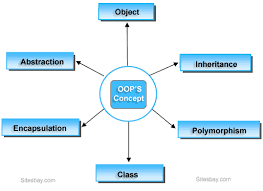No two projects are ever the same. This means that the analyst must decide on the information-gathering tool and how it must be used. Although there are no standard rules for specifying their use, an important rule is that information must be acquired accurately, methodically, under the right conditions, and with minimum interruption to user personnel. There are various information-gathering tools. Each tool has a special function depending on the information needed.
SOME DATA COLLECTION METHODS
- Interviews
- Questionnaires and Surveys
- Direct Observation
- Focus Groups
- Searching Documents and Records
- Interviews:- They can be conducted in person or over the telephone. A typical interviews can be done formally (structured), semi-structured, or informally. To conduct an in depth interview, the questions should be focused, clear, and encourage open-ended responses. Interviews are mainly qualitative in nature. There are two major sections of these interviews:
-Personal Interviews: The researcher asks the extra audience questions to get minute details out. This will help get better data for processing.
-Telephonic Interviews: Whenever it is not possible to meet a member of the audience directly, the researcher can call and collect data through a conversation on the phone. This helps collect first-hand data.- Questionnaires and Surveys:- This involves the use of forms which are completed and returned by respondents. It is a fairly inexpensive method that is useful where literacy rates are high and respondents are cooperative. The results are generally easier to compare and analyse.These days, you do not have to share just paper forms as you can if you have it. As long as you have determined that your prospective respondents have access to the internet and would be able to understand the questions without any help from you, this is a good way to collect data is an affordable tool that offers you so many features to aid your data collection process.
- Direct Observation:- When you directly observe your subject for a particular period this allows you study the dynamics of a situation and behaviors.The results can produce qualitative (e.g., narrative data) and quantitative data. (e.g., frequency counts, mean length of interactions, and instructional time)
- Focus Groups:- This is a facilitated group interview with individuals that have something in common. You are essentially trying to prove if some of the hypotheses you have drawn are indeed true.At the end of this, you should have been able to gather information about combined perspectives and opinions.
- Searching Documents and Records:- This consists of examining existing data in the form of databases, meeting minutes, reports, attendance logs, financial records, newsletters, etc. This can be an inexpensive way to gather information but may be an incomplete data source.





0 Comments
Please do not add any spam link in the comment box